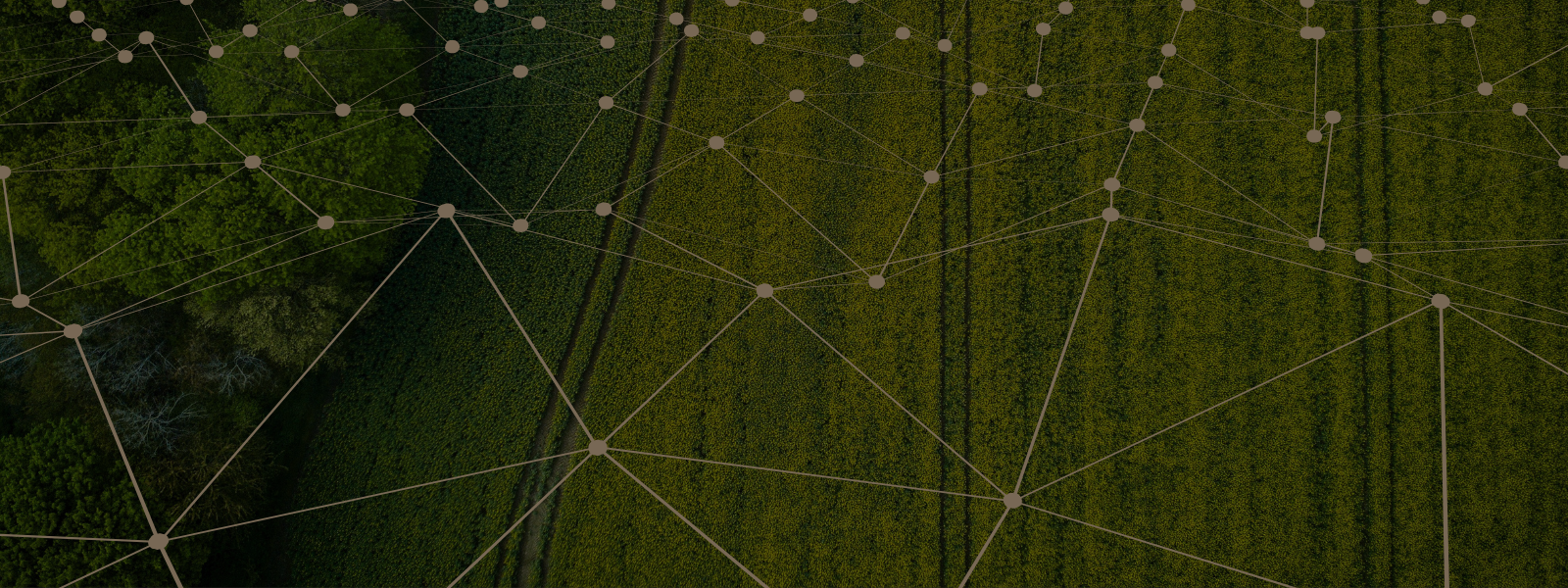Understanding Resilience Terminology
While the concept of resilience has broad applications, Resilience Constellation specialises in building resilience to climate change within agriculture and the rural economy.
This glossary includes the essential terminology you’ll encounter when exploring our projects, resources, and insights. Here you will find definitions of key terms as we use them, along with answers to common questions about our work.
Glossary
Climate Resilience
Our Take
At Resilience Constellation, we aim to make the climate resilience of agricultural systems measurable through objective, repeatable means, allowing resilience to be managed and maintained over time
Climate Vulnerability
Our Take
We can consider climate vulnerability to be the product of Exposure and Sensitivity. Exposure takes into account the frequency and severity of adverse climate related incidents, such as droughts, high temperatures or extreme rainfall and whether these are increasing, over time. Sensitivity is the level of damage or losses that are incurred by adverse events. While there are good historical records of weather conditions around the world, the level of damage and loss that occurs on individual farms or production areas is quite variable.
Climate Adaptation
Our Take
We see adaptation as an ongoing effort by farmers, input providers, offtakers and finance providers to modify production systems in response to changing conditions or specific adverse events. Farmers around the world have adapted to changing environmental conditions in the past but climate change is expected to require an acceleration of adaptive efforts, with coordinated efforts and financial support becoming essential.
Climate Hazard
IPCC, 2022: Climate Change 2022: Impacts, Adaptation and Vulnerability. Contribution of Working Group II to the Sixth Assessment Report of the Intergovernmental Panel on Climate Change [H.-O. Pörtner, D.C. Roberts, M. Tignor, E.S. Poloczanska, K. Mintenbeck, A. Alegría, M. Craig, S. Langsdorf, S. Löschke, V. Möller, A. Okem, B. Rama (eds.)]. Cambridge University Press. Cambridge University Press, Cambridge, UK and New York, NY, USA, 3056 pp., doi:10.1017/9781009325844.
In the context of our reports…
Climate Resilience Rating
Farm Business
A business that uses land for agricultural purposes including any of the following:
- Family owned and managed unit;
- Leased unit;
- Unit owned and managed by an agribusiness or consortium;
- Communal or state-owned unit;
- Smallholder based on traditional tenure/ land-use rights;
- Nomadic herder based on traditional grazing rights.
Exposure index
Sensitivity index
Adaptability index
Transformabilty index
What are the different stages involved in a Climate Resilience Ratings project?
Our assessments are crop-specific. We carry out different levels of assessment depending on the requirements of our customers:
- Our basic assessments are based on structured, remote data collection that give our customers an indication of the Climate Resilience Ratings for “typical” farms in their particular regions of interest.
- Our most advanced assessments require more contextual research to enable us to configure our rating survey template, and involve data collection from individual farmers.. With these and supplementary data, we are able to provide accurate Climate Resilience Ratings, and present detailed information in categories that are of particular interest to our customers. We also propose adaptation strategies where appropriate.
Contact us to discuss further details and how we can work to meet your needs
What is a Climate Resilience Rating?
A measure of climate resilience. The resilience rating ranges from A (high resilience/ low vulnerability) to E (low resilience/ high vulnerability). The resilience rating is derived from a resilience index score, which is a function of scores for four separate component indices for exposure, sensitivity, adaptability and transformability
How does Resilience Constellation ensure the success of their projects?
Our first step is to build a comprehensive understanding of the challenges that farmers face in cultivating crops or rearing livestock. Our assessment of resilience is tailored according to local conditions, whilst structured to permit comparability with other regions.
The methodology we use for scoring resilience is based on published scientific research. The Climate Resilience Ratings we produce enable benchmarking of farm resilience within and between regions and highlight strengths and weaknesses in different categories (operational, financial, social, physical and infrastructural).
The financial solutions we provide to farmers that want to increase their resilience are based on the innovative use of established and credible financial solutions.
How do our Climate Resilience Ratings benefit the farmers involved?
Where data are collected from farmers, the results of our surveys are shared with the farmers who have contributed so that they can:
- Benchmark their performance against other farmers in the same region or country;
- Gain access to ideas from other farmers in the area and individuals with relevant expertise on how to increase their resilience.
We work with our customers to provide interested farmers with financial solutions that give them the ability to build their own resilience. These solutions include affordable loans (blended finance), beneficial contracts with off-takers (Contracts for Resilience) or parametric/ weather risk insurance. For smallholders, they may be arranged through farming associations or local cooperatives.
What is the difference between climate change adaptation and climate resilience?
Adaptation and resilience have distinct meanings:
- Climate change adaptation: Refers to the process of adjusting to immediate or expected impacts of climate change.
- Climate resilience: The capacity to cope with climate hazards. It reflects the result of adaptation actions, but also includes the ability to anticipate, withstand, recover, and learn to adapt to a changing climate.
What are the key regulatory and voluntary reporting requirements to support climate change and resilience in agriculture?
Regulatory requirements for resilience reporting are relatively weak. They include Sustainable Finance Disclosure Regulation (SFDR) in the EU and the International Financial Reporting Standards (IFRS) S1 (which follows on from the now disbanded Task Force on Climate-related Financial Disclosures or TCFD). These requirements are most relevant to large financial organisations.
Some voluntary standards have limited requirements for resilience reporting. For example, the Global Reporting Initiative offers guidance on reporting of key climate impacts in agriculture, aquaculture and fishing sectors.
The main driver for taking action on resilience is the cost of the increasing frequency and magnitude of climate events – in other words, the cost of doing nothing.
Our Climate Resilience Rating Reports can provide you with the insights needed to anticipate and manage costs of climate impacts to your business.

